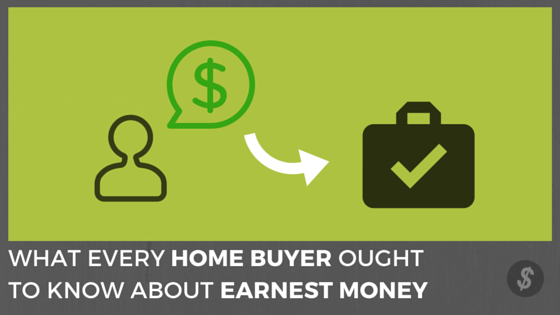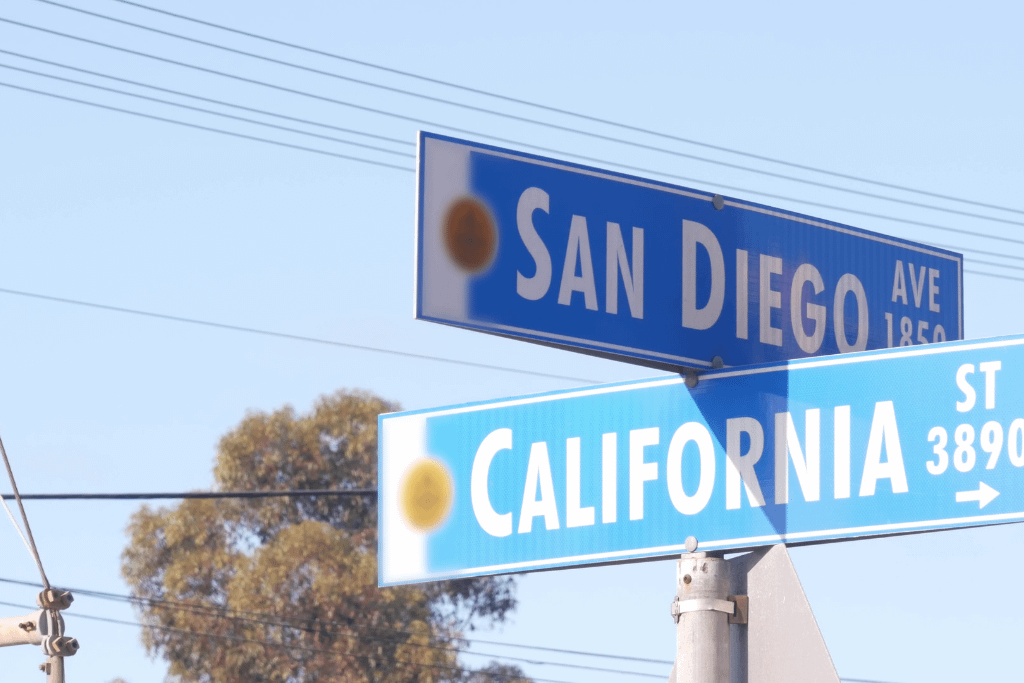On the prowl for a home? One of the main terms on your offer will be your Earnest Money Deposit amount.
What’s the Earnest Money Deposit you ask?
Good question. You need to know.
When you are ready to submit an offer, one of the terms you will decide on will be how much to offer as your Earnest Money Deposit, AKA “EMD”.
The EMD is a sort of “good faith” deposit, demonstrating to the seller that you are a serious buyer, and it shows you’re putting some money where your mouth is. It basically tells the seller “HEY, I’m offering to pay you three-hundred-thousand dollars for your property, and to show you I’m serious, I’m going to place three-thousand dollars into an escrow account, if you accept my offer!”
[SCROLL DOWN FOR VIDEO]
Or, another way to think about it is it tells the seller “I am EARNESTLY intending to purchase your home, so I am offer [x dollar amount] as my Earnest Money Deposit with my Offer.”
Now, the amount you choose to offer as your earnest money is negotiable and it’s completely up to you to decide how much you want to put. But for this example, we used an earnest money deposit of one percent of the offer price, which is a good rule of thumb for this.
Now you might say “hey Jed, is that additional money I’m giving to the seller? Where does this money come in to play?” And the answer is NO, this is not extra money going to the seller, this isn’t money you’re paying as a fee. This money will be either A) refunded to you if you back out of the deal before you remove contingencies, B) be applied toward your down-payment or closing costs if applicable. If not, the full or remaining amount get’s released to you when you close. Here’s where it also comes into play.
Let’s say you get your offer accepted—you still have all your contingencies protecting you: you have to be satisfied with the condition of the property, the appraisal has to come in at purchase price or higher, you have to be approved for the loan, you have to be satisfied with the disclosures etc…
Now let’s say after the appraisal comes in at value, the home inspection looks great, you get full loan approval, and you’re happy with all the disclosures, so you decide to go ahead and sign off on removing these contingencies. By doing this, you’re essentially saying to the seller “I’m satisfied with everything, I’m happy with the property, and I am moving forward and I’m going to close.”
So let’s say the next day, you change your mind and decide that you just want to live in your mom’s basement instead of buying this house. Keep in mind, this is after you had your home inspections, appraisal etc… In this case, what’s most likely gonna happen is the seller will demand your EMD to be released to them when you cancel.
So that’s where the security comes in for the seller. The seller might think that if you only have a five-hundred-dollar EMD, you might go ahead and back out at the last minute since you have only a few hundred dollars to lose!
Look, this situation rarely happens, and the reason for that is because as a buyer, you have contingencies worked into the contract that protect you and your EMD, so as long as you don’t remove those contingencies until you are satisfied with everything you are removing your contingencies on, (which we don’t recommend our clients do), you typically don’t have to worry about losing your EMD.




